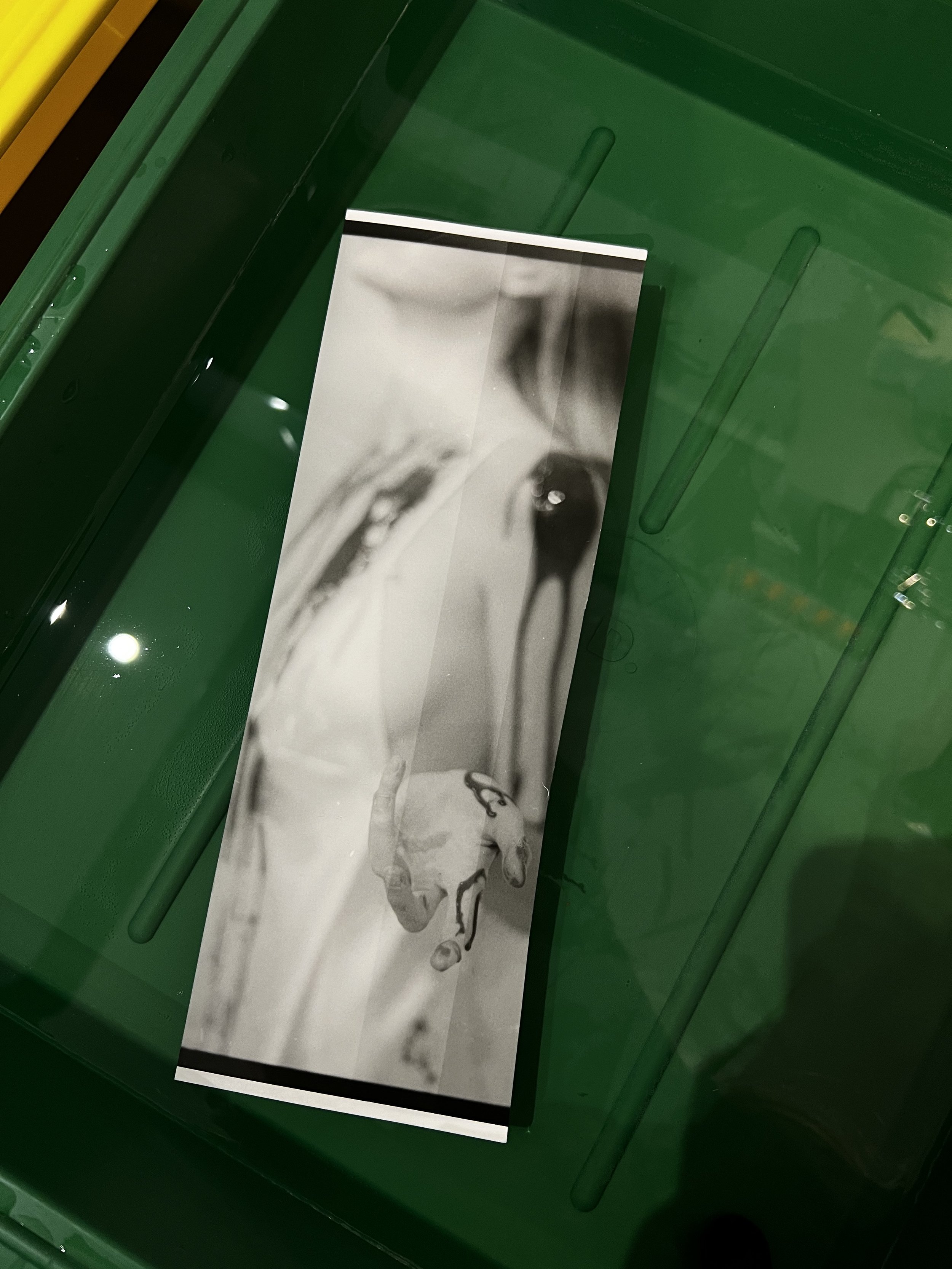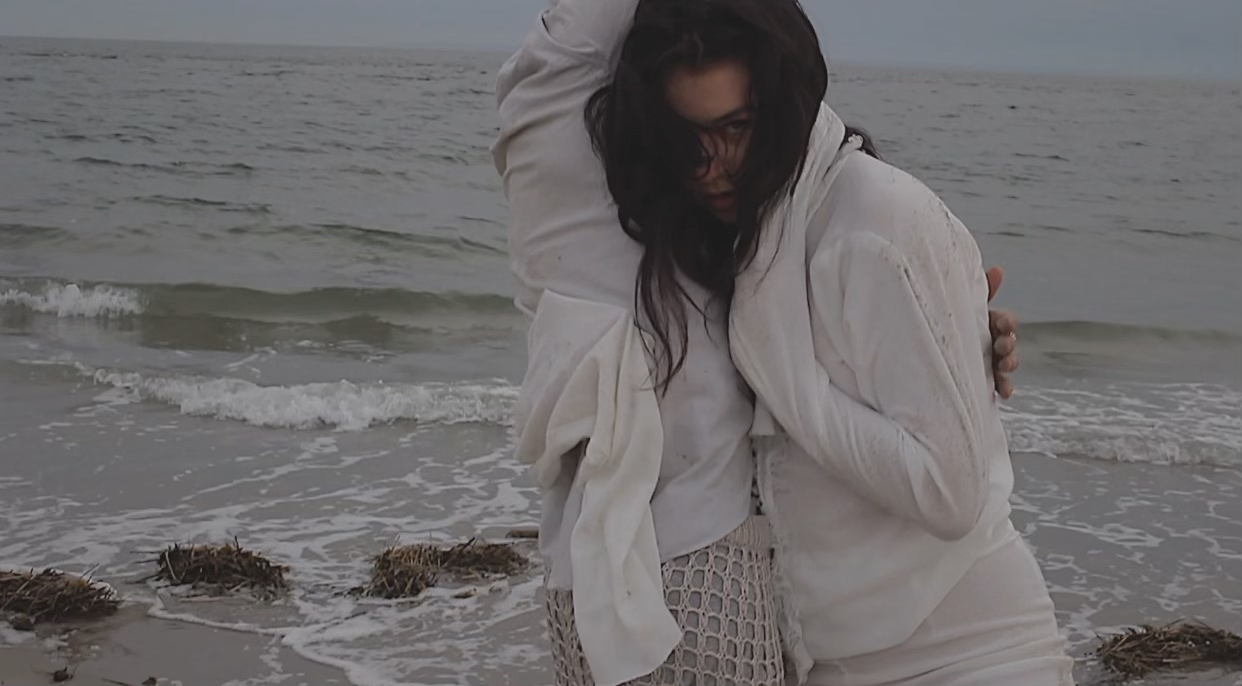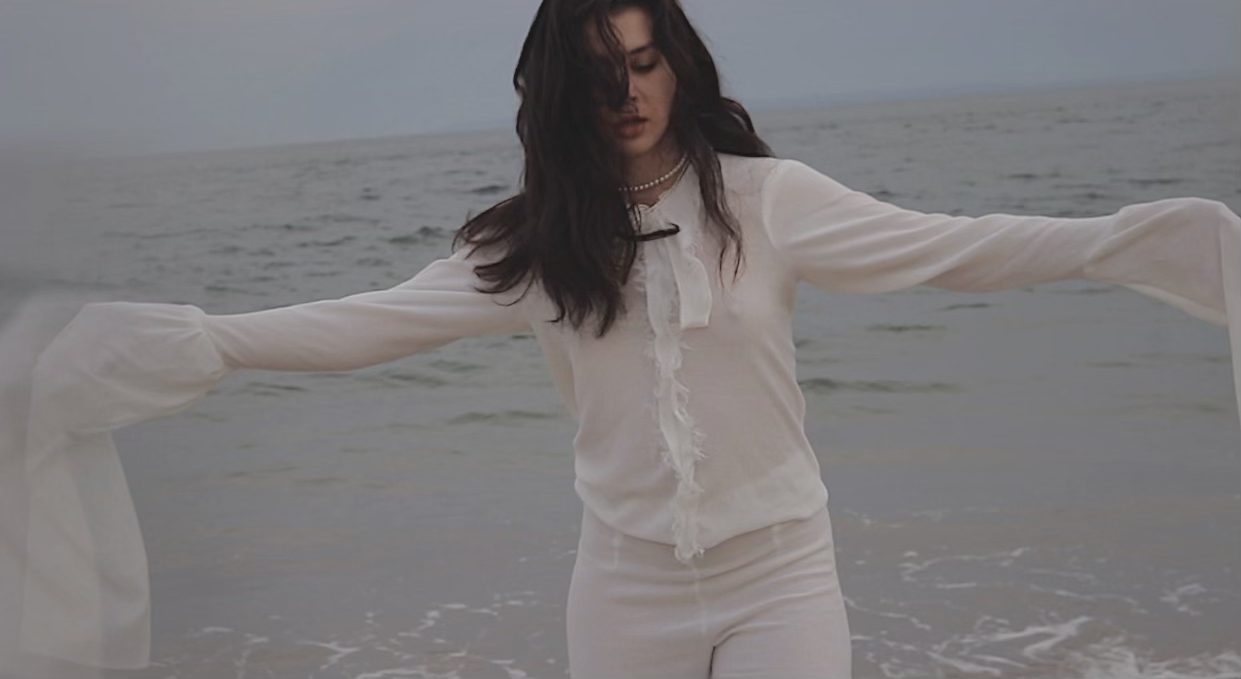
-”The Human Experience”
I am concerned with the recurrent theme of memory-trumping-image, of the notion of taking back memory from images themselves. is photography the regret we have against experience? is it like the uncertainty principle, and an event photographed is an event interrupted, tainted, somehow, by its observation instead of its pure participation? does the act of “taking” the moment in a photograph “take” something from the moment, and the you having the moment, as well? is it nostalgia or regret that keeps us purveyors of images
We are reminded of the complex power-dynamics that form when a photograph is being taken, and how, when in front of a camera, a model's emotional openness and vulnerability can make the whole experience feel like an assault of some kind, blurring the lines between catharsis and violence.
My aim through both my Photography and creations would be to make people aware that there is a voyeur in all of us, attracted to the deific suffering of others, suffering which becomes palatable, not to mention beautiful, when presented as a piece of art.

-”Creatures Of The Dawn”
“When we are who we are called to be, we will set the world ablaze.” — Catherine of Siena (1347–1380)
St. Catherine is one of the most well known saints, and for good reason. Her battle to enter the church was hard fought. Her parents expected her to marry well. Instead, Catherine shaved her head, slept on a board, prayed incessantly, wore a chain with small hooks around her waist that would draw blood each time she moved, and eventually grew so ill that her family relented
“She was filled with inestimable satiety, which, although it satiated, generated at the same time inestimable hunger.” — Angela of Foligno (1248–1309)
Angela’s accounts of her ecstasies explore in detail the relationship between desire and pain. Like Teresa of Ávila, her writing was orgasmic — she describes: “The fire and fervor of such divine love in such a degree that I did cry aloud.” When priests, threatened by the extremity of her visions, tried to undermine their authenticity, St. Angela fired back at them: “Priests cannot preach it. They do not understand what they preach. They babble.” Like many of the saints, though she was bound by the church, she did not hesitate to challenge the institution, and her claims of a direct correspondence with God gave her the leverage to do so.
- “Dare to declare who you are. It is not far from the shores of silence to the boundaries of speech.” — Hildegard of Bingen (1098–1179)She used her words to understand the world and to create her world. As she declared: “We cannot live in a world that is not our own.” While writing by many of the saints has been forgotten beyond the church or academia, Hildegard’s music has had a resurgence in recent decades, and is now recorded and performed all over the world.

-How to create one’s energy ?
Blood in correlation of saint Catherine and Hildegard Of Bingen
-

Luana
-

Ava
-

Luana

































Process fittings pictures












Hildegard Of Bingen dress

The Canticles Of Ecstasy
Final Series
The Canticles Of Ecstasy.
Posing is essentially the first defining characteristic of photography, as it transforms the once living subject and renders them memories the posed subject of the photograph will remain forever, however in cinema the posing becomes animated and is constantly interchanged with movement.
We experience the passing of time, we can piece together that moment in cinema,
A photograph is violent, not because it shows violent things but the sense of the photograph, the fact that we keep putting a meaning on it.








































































